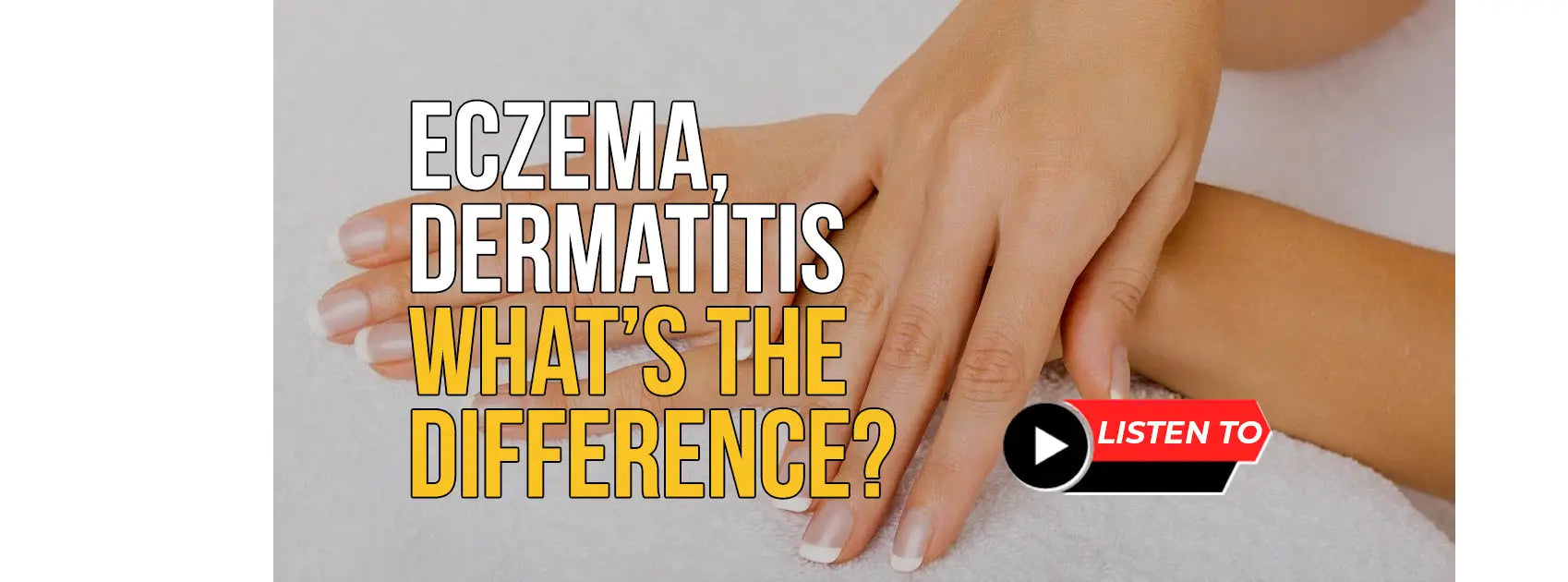
Eczema, Dermatitis - What’s the Difference?
STOP THE ITCH AND START THE HEALING!
Eczema is also called dermatitis which is a chronic inflammatory condition of the skin; recent studies confirm that eczema is an autoimmune disease. Eczema refers to the rash itself, the condition is dermatitis which can be a hereditary condition (Atopic) or caused by a chemical your skin was exposed to (contact). Contact dermatitis is usually a temporary thing, but it can sometimes be difficult to identify the cause. Atopic dermatitis is a long-term condition, but it may only flare up periodically.
Eczema is more common in children, but can be found amongst adults as well. Dermatitis is a significant burden to healthcare resources and affects the quality of life for many people; 20% of children are affected worldwide and about 5% of adults. In the USA, 31.6 million people are estimated to have symptoms of eczema, including 17.8 million with symptoms of atopic dermatitis. Generally speaking, this uncomfortable skin disorder affects 10% of the total population in the USA. Current trends show it is more prevalent among people living in the developed countries than in developing countries.
What happens when you have Eczema?
There are many causes behind dermatitis and modern-day research has revealed most of the people affected by eczema have a genetic predisposition. However, alone that may not cause disease as it is also considered an allergic skin disease. In fact, the first episode of eczema often follows the appearance of an allergic condition like hay fever or asthma. This means that the immune system is always involved and producing antibodies against the different allergens
 Symptoms
Symptoms
These include dry skin and itching which can be severe enough to disturb your sleep and keep you uncomfortable all day as well.
Typically, dermatitis appears behind the knees and in the crease of the elbows, it also tends to show up on the face, hands and feet. To be honest it could appear anywhere on the body these are just the most common. Small raised bumps appear that may leak fluid and crust over when scratched, leaving your skin sensitive, swollen and at risk for infection
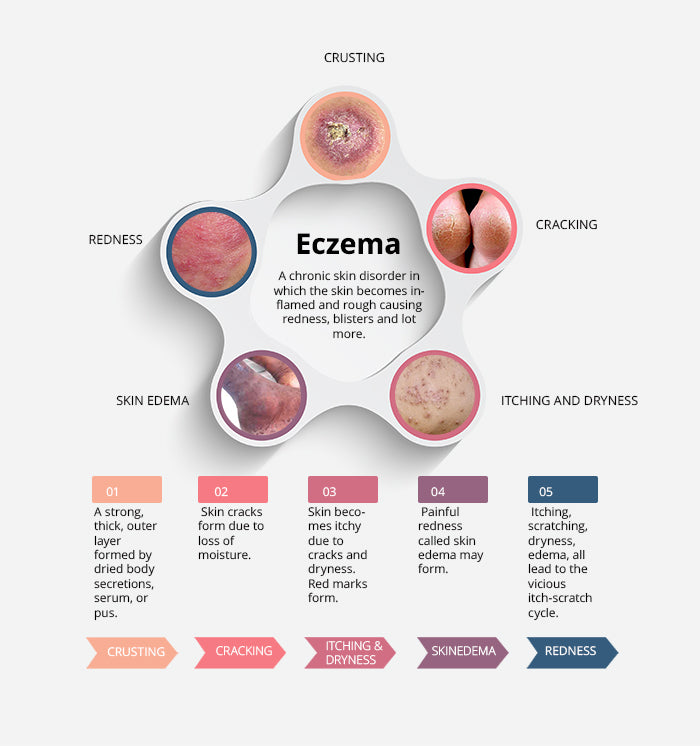
Figure 1 Atopic Dermatitis -Infographic - Interesting Facts (Eczema Living Sept 25, 2019)
What to do, what to do?
No cure has been found for eczema and all the medication is intended to relieve symptoms such as the rash, itching and rhinitis.
Side effects of modern medication and topical applications like steroid creams have caused an increase in the demand for alternative medicine for treating atopic/contact dermatitis. Many natural extracts have been found in clinical trials to reduce the symptoms of eczema and atopic dermatitis. A lot of studies have been done on the anti-allergenic properties of plant compounds and how they are able to suppress the antibodies that cause dermatological reactions. These natural remedies have been shown to cut the healthcare expenditure by more than 72% and improve symptoms rapidly with no adverse effects.
More Ways to Get Relief
No matter how you decide to treat your eczema there will be times that you need added relief. Don’t forget about oils and essential oils they can effectively soothe your irritated skin too. A simple application of organic unprocessed coconut oil can stop the itch without stinging your skin and provide much-needed moisture. Adding a few drops of essential oils into your bath can be relaxing and take the sting out of your dermatitis, in addition, many essential oils have antibacterial properties to help fight infection and inflammation.
Reference:
Parvin MANSOURI, L. (2018). Review of Medicinal Remedies on Hand Eczema Based on Iranian Traditional Medicine: A Narrative Review Article. [online] PubMed Central (PMC). Available at: https://www.ncbi.nlm.nih.gov/pmc/articles/PMC5139979/ [Accessed 10 Aug. 2018].
Lee, J., Son, S. and Cho, S. (2016). A Comprehensive Review of the Treatment of Atopic Eczema. Allergy, Asthma & Immunology Research, 8(3), p.181.
Thomsen, S. (2014). Atopic Dermatitis: Natural History, Diagnosis, and Treatment. ISRN Allergy, 2014, pp.1-7.
S, N. (2018). Atopic dermatitis: global epidemiology and risk factors. - PubMed - NCBI. [online] Ncbi.nlm.nih.gov. Available at: https://www.ncbi.nlm.nih.gov/pubmed/25925336 [Accessed 10 Aug. 2018].



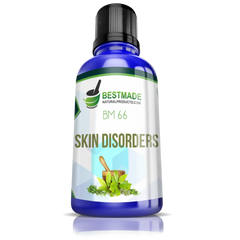
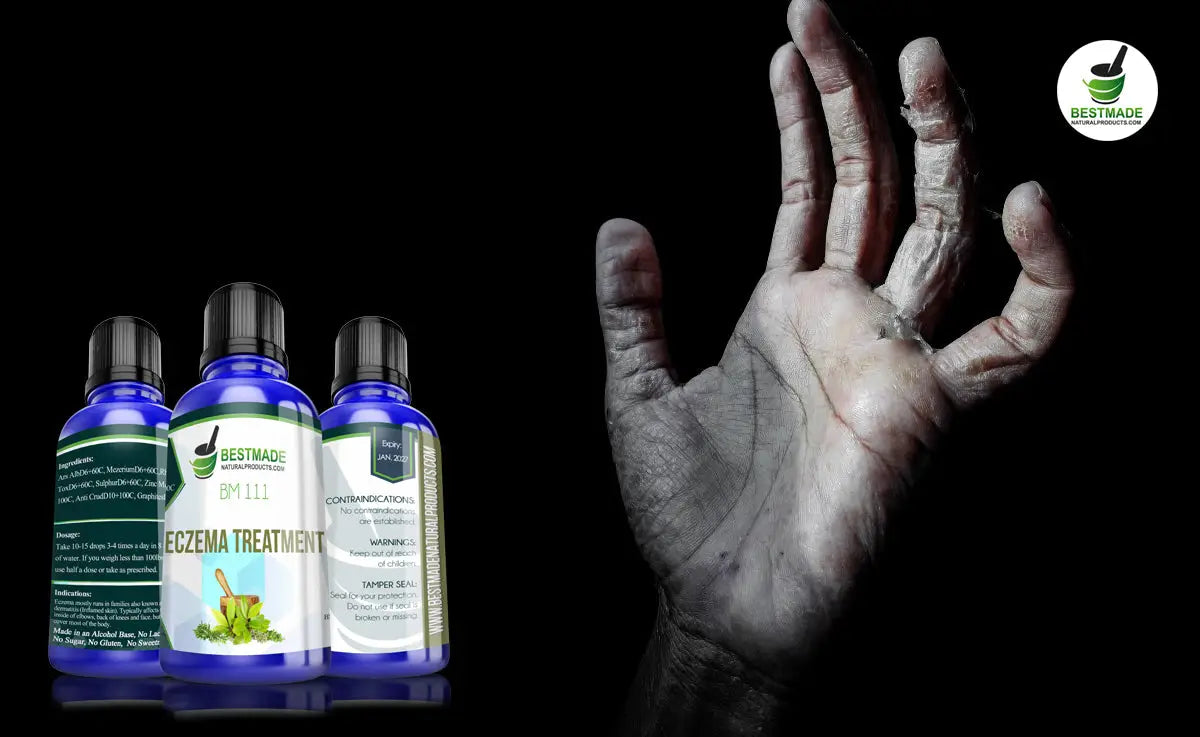
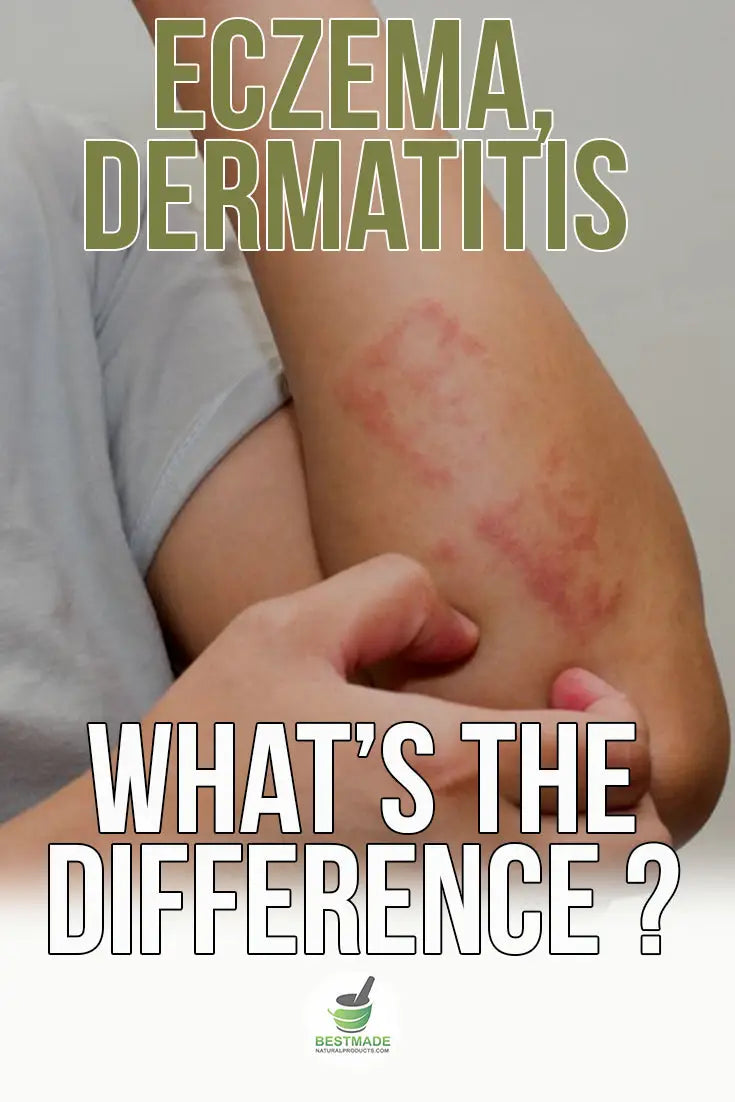

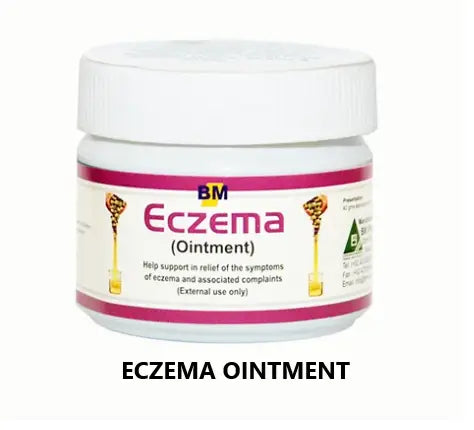
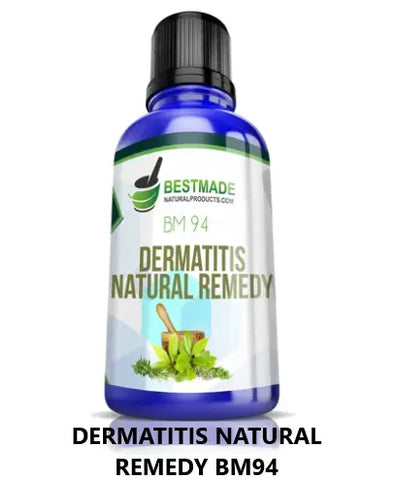
Which product is best for shoulder and neck pain?
Leave a comment